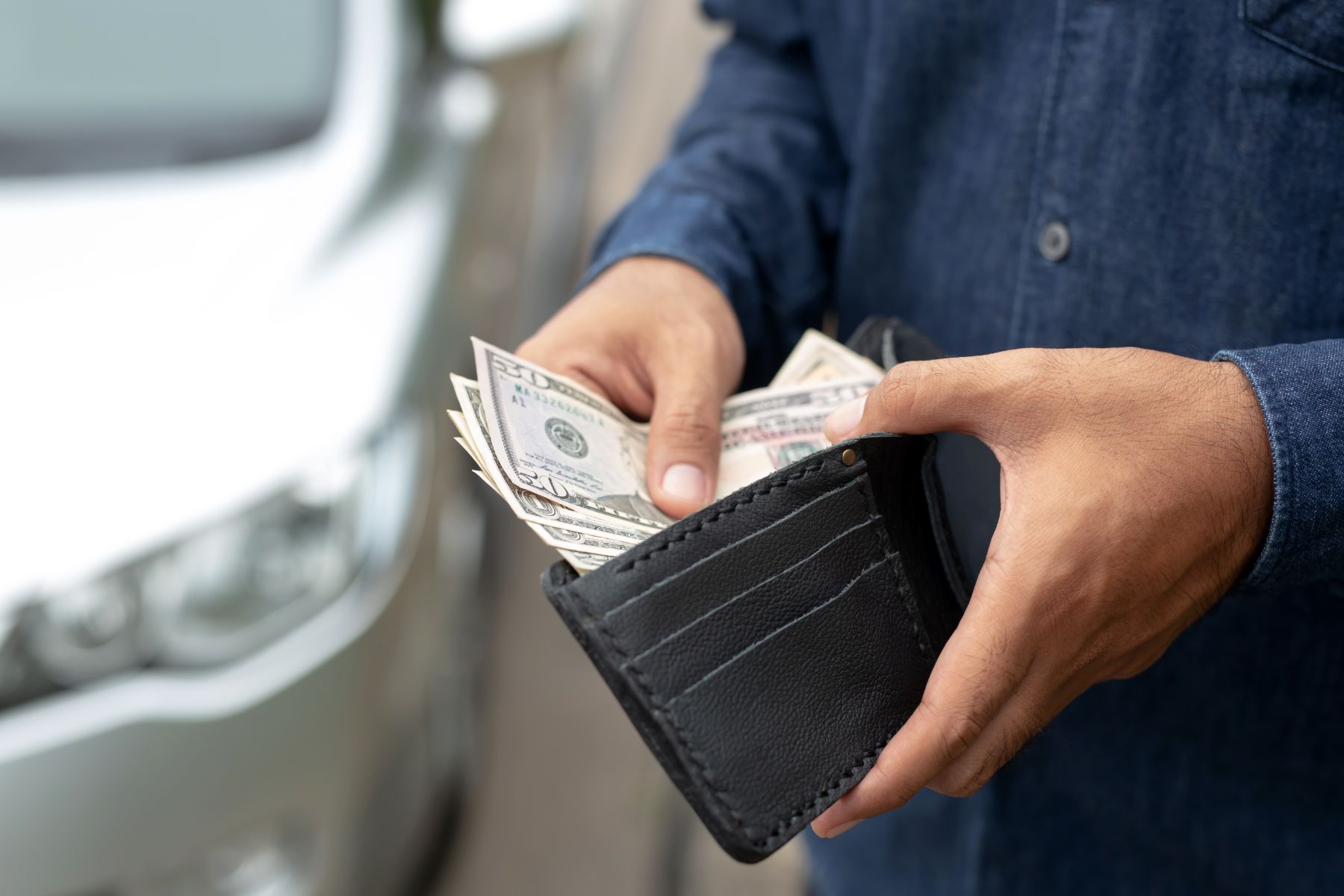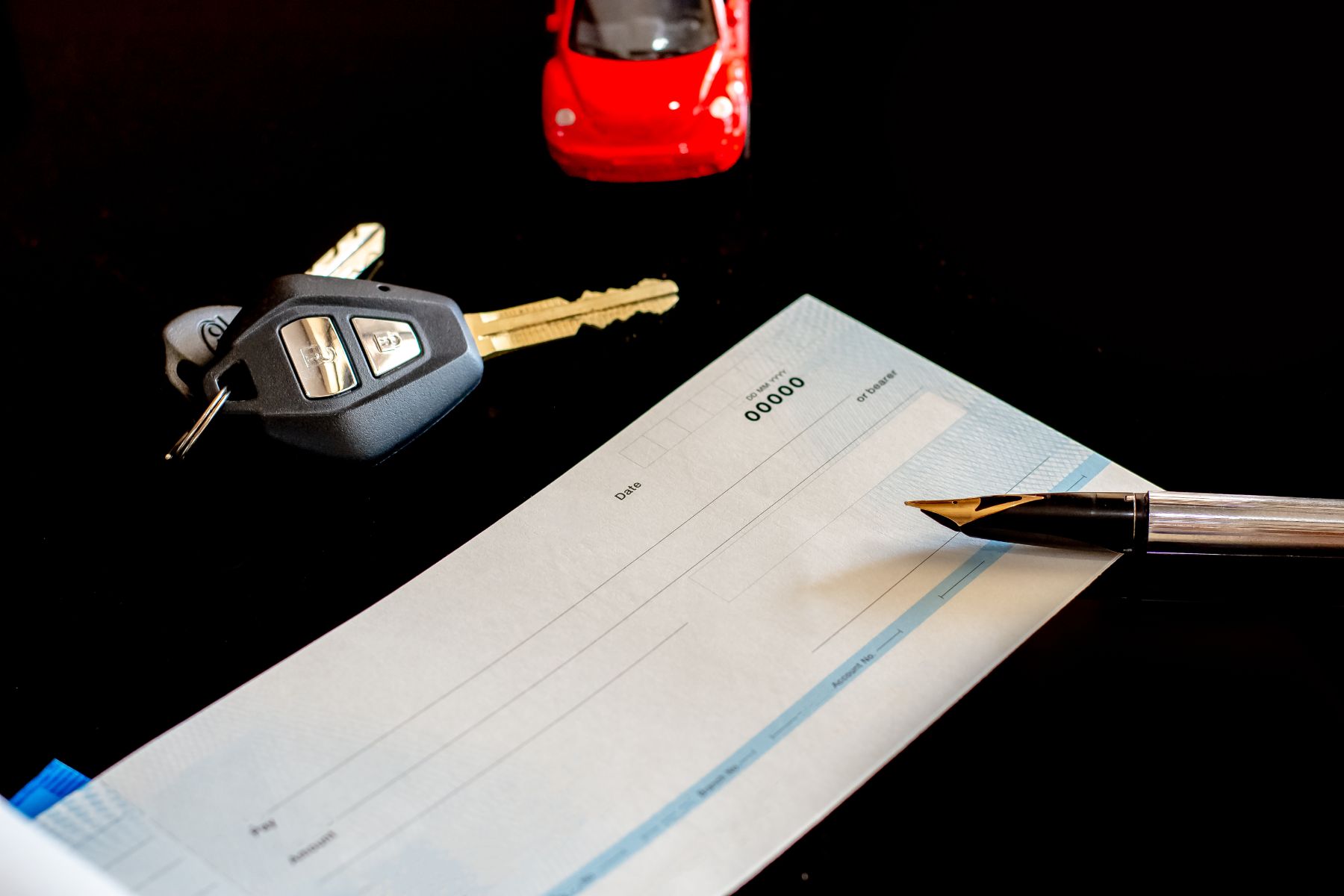An ever-increasing number of us are using credit to buy our cars, and when it comes to new cars, that usually means a PCP finance package provided by the dealer, or the car manufacturer itself. Obviously, when you’re buying from a private seller, that’s simply not an option, so what are the best ways to pay for a car when you’re buying privately?
1. Cash
Unsurprisingly, many private sellers like to trade in cash, but you do need to be careful about this. For a start, it’s not the best idea for you to wander around with a big wedge of cash sitting in your pocket, and that’s equally the case for the car’s seller. If you want to do a straight-up cash payment, the best advice is for you and the seller to meet at your bank, get the money out (which also reassures the seller that the notes are genuine) and head straight to their bank to deposit the money. That way there will be a paper trail that acts as a proof of payment. Obviously, given the number of bank branches that have closed in recent years, that’s not necessarily an easy option. Either way, you definitely need to make sure that you get a signed and dated receipt from the seller, in case there are any issues with the car later on.

2. Direct bank transfer
This is arguably the best and most direct way to pay a private seller for a used car, but it does involve a little bit of work. First of all, you’ll have to establish enough trust between you and the seller for them to give you their bank details — this won’t be easy in all cases. Secondly, you’ll have to be set up for online banking, and have your little security card reader with you to set the seller up as a payee from your account. Finally, all banks have daily transfer limits which can be as low as €10,000 which may be a limiting factor. Check with your bank before you head out to buy the car. In many cases, an online transfer can still take time to appear in the recipient’s account — days in some cases, although most providers promise that an online payment can take as little as two hours — but some providers, such as Revolut, can do instant transfers. Again, check with your bank to see how long a transfer will take (although a lot of that depends on the seller’s bank account too).
There is a service called CHAPS — or Clearing House Automated Payment System — which can guarantee same-day payments made before 5.25pm and clearance up to 6.20pm between accounts, but it does charge a fee for use, and it’s often restricted to business accounts, rather than personal ones. CHAPS does allow for the transfer of larger amounts, though, so it’s helpful if you’re trying to pay for a more expensive car.
3. Cheque
An analogue way to pay, but a pretty safe one and make sure you cross the cheque so that it can only be deposited to the seller’s own bank account, and not simply cashed. Again, that creates a paper trail in case there are any issues later. If a private seller asks you to make the cheque out to another name, or a business account, be wary. The downside is that cheques take time to clear —as long as seven working days in some cases — which does leave the seller at a disadvantage, so they may be understandably reluctant to accept a cheque. You may be able to come to an agreement to collect the car only once the cheque has cleared, but again that relies on a huge amount of trust between the two of you.

4. Bank draft
This is a better way to pay than by cheque, as a bank draft is guaranteed to be paid by the bank in question, so the seller can have peace of mind that they will get their money once you’ve driven away. That said, there is still a delay in a draft clearing into an account, so there may be some wariness, and there have been instances of fraudulent bank drafts being used, so again establishing trust is vital. You’ll also need to have fixed a price for the car before getting the draft drawn from the bank, which may not be convenient.